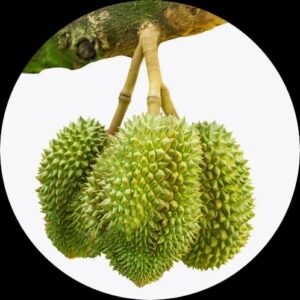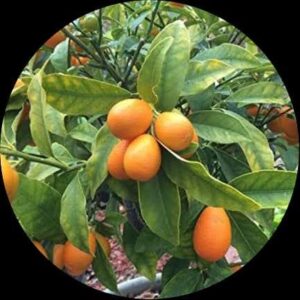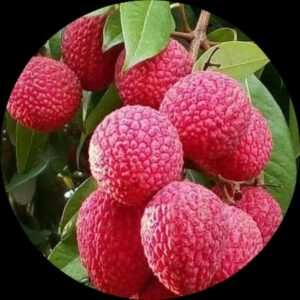- Empty cart.
- Continue Shopping
Punnai (Calophyllum Apetalum)
Original price was: ₹178.00.₹96.00Current price is: ₹96.00.
Genus : Clophyllum
“The Punnai (Calophyllum Apetalum) plant is a tropical beauty with its glossy green leaves and distinctive flowers. This evergreen tree is known for its ornamental value and is commonly found in tropical regions. The Punnai plant adds a touch of exotic charm to any garden or indoor space. Its dense foliage provides shade and its flowers attract pollinators. With its unique beauty and easy care requirements, the Punnai plant is a must-have for plant enthusiasts.”
Calophyllum apetalum is a medium-sized evergreen tree that belongs to the Clusiaceae family. It is native to Southeast Asia, and is found in countries such as Thailand, Malaysia, Indonesia, and the Philippines.
The tree can grow up to 25 meters in height, and has a straight trunk that is covered in a rough, grey-brown bark. The leaves are simple, opposite, and elliptical in shape, with a glossy, dark green color. The tree produces small, white flowers that are clustered together at the tips of the branches. The flowers are followed by fruit that is round, fleshy, and green when young, but turns yellow or orange when ripe. The fruit contains a single seed that is surrounded by a layer of edible flesh.
Calophyllum apetalum has a long history of use in traditional medicine. The tree and its various parts have been used to treat a range of ailments, including skin diseases, fever, diarrhea, and inflammation. The bark, leaves, and fruit are particularly valued for their medicinal properties, and are used to make poultices, decoctions, and other preparations.
In addition to its medicinal properties, Calophyllum apetalum is also valued for its wood, which is hard, durable, and resistant to termites and decay. The wood is used for construction, furniture, and other purposes. The tree is also cultivated as an ornamental plant, and is a popular choice for landscaping and gardening due to its attractive foliage and flowers.
Overall, Calophyllum apetalum is a valuable plant that has played an important role in traditional medicine, industry, and landscaping. However, as with all medicinal plants, it should be used with caution and under the guidance of a trained healthcare professional.












Reviews
There are no reviews yet.